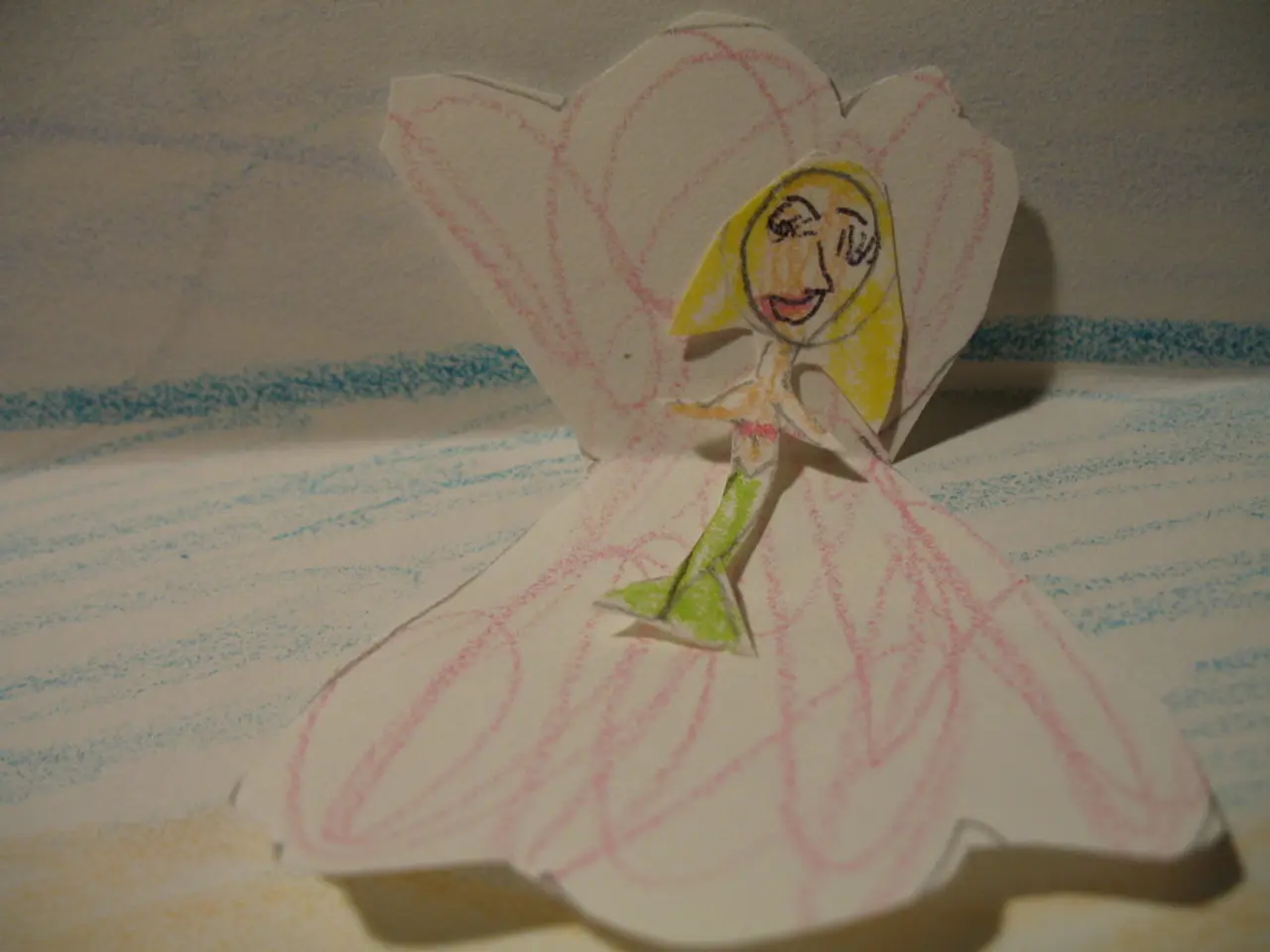Exploring 3D Modeling Tools: The Art of Creating Sculptures in a Virtual World
In the ever-evolving world of 3D art, digital sculpting has emerged as a crucial skill for game artists. This art form combines creativity with digital tools, moving beyond traditional 3D modeling with fancier brushes. Here, we explore the top 3D sculpting tools for game artists in 2025.
First on our list is ZBrush, widely renowned as the industry leader in digital sculpting. Known for its organic modeling and high-detailed character and creature assets, ZBrush excels due to its dynamic sculpting brushes, multi-resolution modeling, and retopology tools like ZRemesher. It can handle massive polygon counts and is favoured for high-poly detail work used in games, films, and 3D printing. Although it comes with a subscription or perpetual license cost, its intuitive interface is artist-friendly, despite having a learning curve [1][2][3].
Blender, a free and open-source 3D sculpting and modeling tool, continues to be a popular choice for beginners and pros alike. Integrated into its larger 3D modeling and animation suite, Blender offers robust sculpting tools that are continually improving. Its cost-free nature makes it an ideal starting point for newcomers and budget-conscious artists to start character and game asset sculpting [3][4].
Autodesk Maya, more known as a comprehensive 3D modeling and animation software, also includes sculpting tools used in professional game and character pipelines. Valued for its all-in-one capability covering modeling, rigging, and animation, Maya is a paid software often preferred for complex projects requiring a full digital content creation pipeline alongside sculpting [3][4].
Honorable mentions include SideFX Houdini for artists interested in procedural generation and complex simulations combined with some modeling/sculpting work, and AI-assisted tools like Tencent Hunyuan3D for generating realistic 3D models, which complement rather than replace traditional sculpting software [2][3][5].
For beginners, there are other beginner-friendly tools worth mentioning. Nomad Sculpt, a mobile app for sculpting on the go, offers voxel remeshing, subdivision sculpting, PBR painting, and post-processing effects. It's great for learning and sketching, though not designed for complex production use [6]. MeshMixer, developed by Autodesk, is useful for remixing, repairing, and modifying existing 3D meshes, especially for 3D printing preparation [7]. Sculptris, a beginner-friendly 3D sculpting tool created by Pixologic, offers a simple-to-follow interface and dynamic tessellation [8].
In conclusion, ZBrush remains the top specialist for detailed sculpting, Blender offers a powerful free alternative, and Maya serves as a versatile professional suite for game artists in 2025. These tools together cover a broad range of game art needs from conceptual organic sculpting to full production pipelines.
[1] https://www.pixologic.com/zbrush/ [2] https://www.autodesk.com/products/maya/overview [3] https://www.blender.org/ [4] https://www.sidefx.com/products/houdini/ [5] https://hunyuan3d.com/ [6] https://www.nomadsculpt.com/ [7] https://www.autodesk.com/products/meshmixer/overview [8] https://www.pixologic.com/sculptris/
Artificial Intelligence (AI) is making strides in the field of digital sculpting, with Tencent Hunyuan3D being an example of an AI-assisted tool that generates realistic 3D models as a complement to traditional sculpting software.
In the future, we may see further integration of AI in digital sculpting tools to enhance and expedite the sculpting process for game artists.




